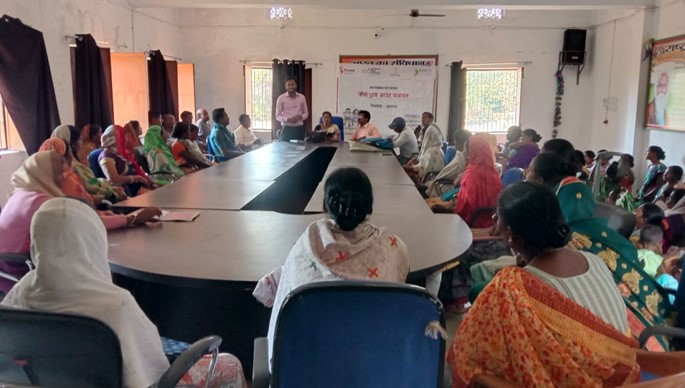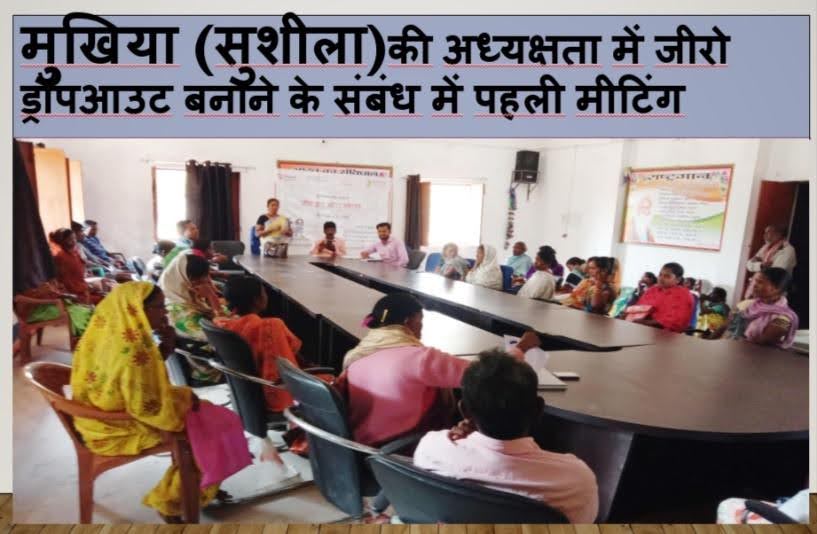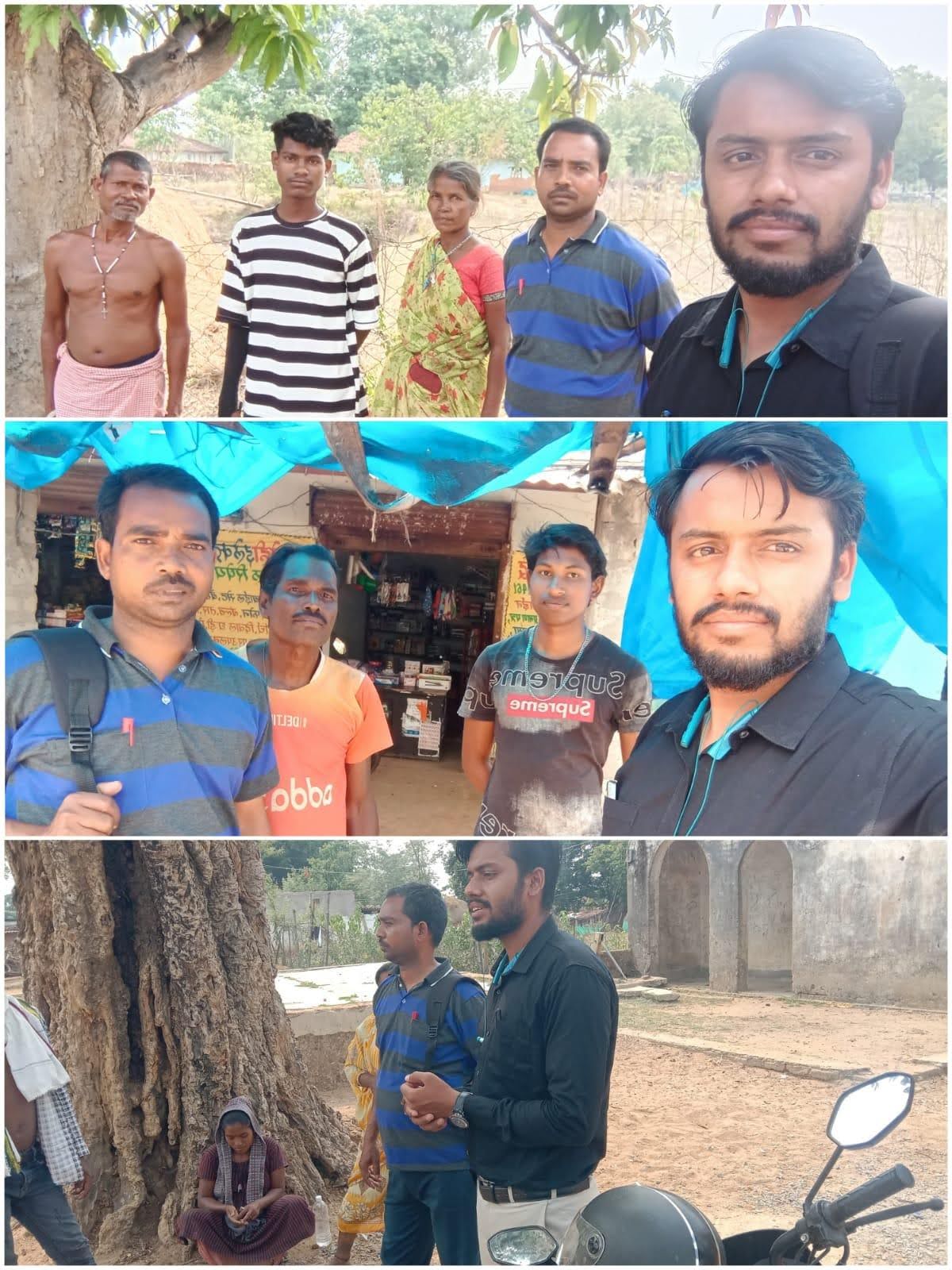
Education is the cornerstone of a progressive and self-reliant Bharat (India). It empowers individuals with knowledge, skills, and critical thinking, enabling them to contribute meaningfully to society and the economy. A robust education system fosters innovation, reduces inequality, and builds a sustainable future by nurturing responsible citizens. For Bharat to achieve its vision of becoming a global leader, universal and quality education must be prioritized, ensuring that no one is left behind.
Dropout rate in India
Despite advancements, India continues to face challenges in retaining students in schools. As per the Unified District Information System for Education Plus (UDISE+) 2021-22 report, the overall dropout rate at the secondary level was approximately 12.6%, with higher rates among marginalized communities. Factors such as poverty, gender inequality, and lack of infrastructure contribute significantly to this issue.
|
UDISE+ report for 2021-22, the dropout rate in India varies across educational
levels: |
School Dropout Rates in 2023-24: |
In Jharkhand, the dropout rate remains a serious concern, especially in rural and marginalized communities. As of the most recent reports 2023, over 86,000 children were reported to be out of school, with Dumka district leading with the highest number of 15,249 dropouts. Also in Simdega district 1024 students are dropped out. Additionally, data from the Annual Status of Education Report (ASER) 2022 highlights challenges in student performance, such as weaker reading and arithmetic skills, which contribute to dropout tendencies.
Background
This is a story of small village named Paikpara located in Thethaitangar subdivision of Simdega district in Jharkhand, India. Situated 38km away from sub-district headquarter Thethaitanagar (tehsildar office) and 28km away from district headquarter Simdega, the village has a total population of 2,419 peoples (male 1,177 and female 1,242). All the 414 houses of the village had a common pain point- Education. The literacy rate of paikpara village stands at 61.26% out of which 64.83% males and 57.89% females are literate.
The district dropout list got alarmed when 14 children dropped out of school within the Paikpara Panchayat. The primary cause of this issue was identified as parental migration due to financial hardship, coupled with a lack of motivation and guidance among the students themselves. Also lack of awareness in the community towards education exacerbated the situation.
To address this critical problem, Gandhi Fellow Narendra Sahu initiated efforts under the Piramal Foundation’s Zero Dropout Panchayat initiative.
The Journey
The journey started with a meeting with the Mukhiya to notify him about the list of dropout children. Initially, there was no response for a week. Without getting demotivated, Narendra decided to meet the Mukhiya of that Panchayat once again. Only this time he was better prepared and proposed to hold a meeting with the Mukhiya, along with all the ward members, school teachers and headmasters. He also insisted the presence of all the Anganwadi workers, Jan Sahia and JSLPS members. The agenda being – to solve the issue of dropout and bring back all the children to school.

This was a very big initiative where collaboration across departments was crucial. Mukhiya ji led this campaign. And instructed everyone to attend the meeting. A meeting was conducted in which about 50 people participated. The main agenda of this meeting was to collect information about the dropout children and the reasons behind it. Post understanding their situation, efforts were to be made to address the issues at the Panchayat level. Ward members, Anganwadi workers and school headmasters were instructed to go door to door and motivate such children to enrol them in school. All schools were also instructed that whenever children return to school, they should not be pressurized in any way. Initially, they should be made to develop a habit of coming to school every day so that they develop an attachment to school. Through activities, the interests of these children should be gradually shifted towards studies. Apart from this there was an attempt to strengthen the SMC at school level.
While working through the issue, Narendra found that the biggest problem here was migration. Most of the people used to go abroad in search of work which had a bad effect on their children's studies.
With collaborated efforts, gradually children were reuniting with the school. The PRI members played a crucial role. They also became aware that if a child leaves school again, how to reconnect him with the school. They also became aware about the education of children.

With the help of ward members, school AWC workers, JSLPS, Piramal Foundation and others, we have nominated a total of 4 dropout children. And we have successfully transitioned 25 new children from AWC. After inspecting all the children, the Mukhiya declared the Panchayat dropout free. He also promised to continue the efforts to ensure that education remains the foreground of development in his village.
A decrease in dropout rates and access to quality education for all children is proving to be very helpful in Building Bharat. It ensures a well-educated and skilled population, strengthens the workforce, and contributes to the nation’s economic and social development building the framework of Viksit Bharat.
TAGS
SHARE





